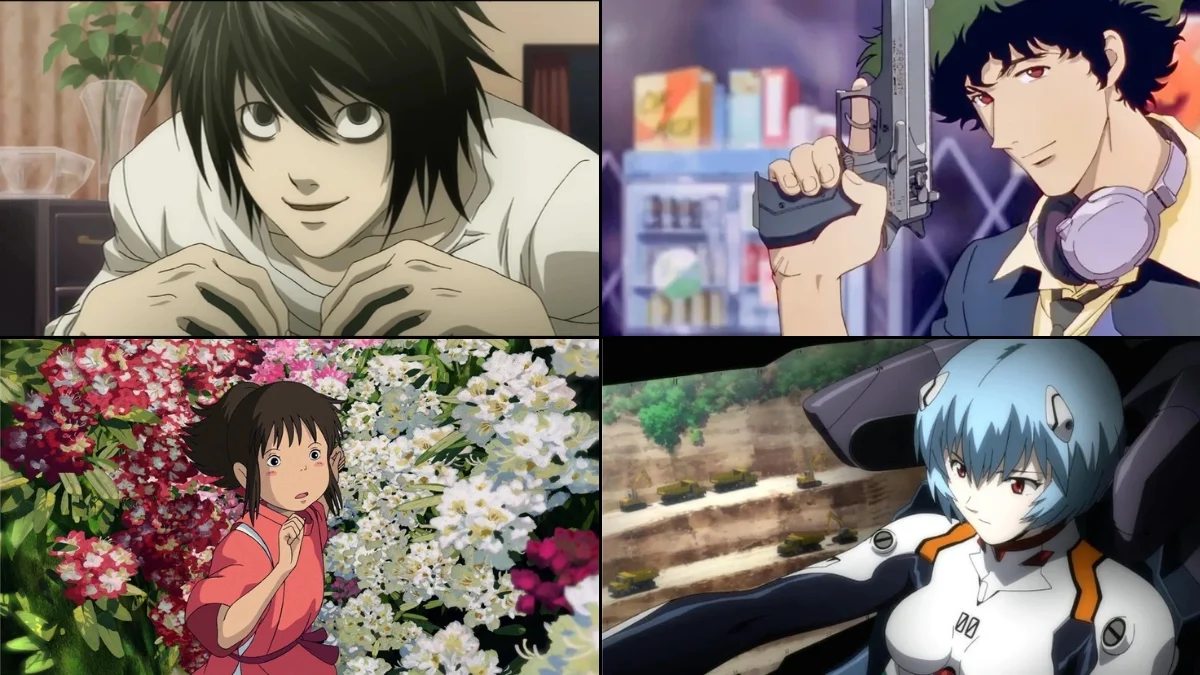
Music plays a huge role in anime, subtly connecting scenes and letting viewers know which character is important, often before they even say a word. Here are twenty memorable musical themes – called leitmotifs – that appear throughout anime series and movies to highlight a character’s feelings, key moments, or changes. We’ll also look at who composed the music, what instruments are used, and when it plays during the show.
Spike Spiegel – ‘Cowboy Bebop’ (1998)
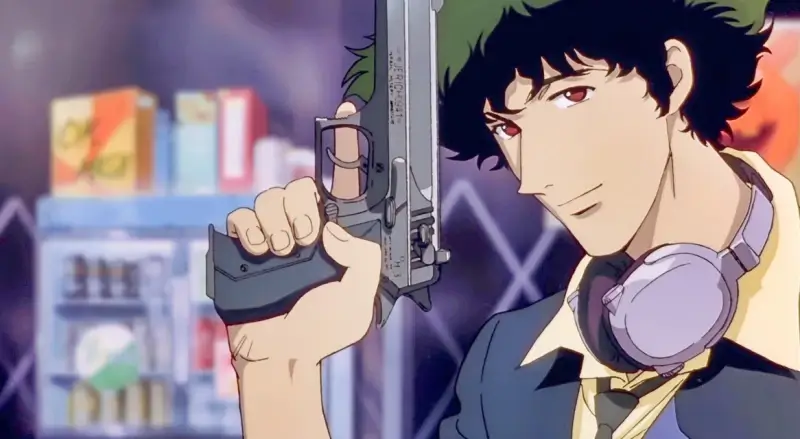
Yoko Kanno, with the band Seatbelts, created a signature sound for Spike Spiegel using smoky saxophone and cool jazz. This music accompanies both his action-packed bounty hunts and his more contemplative moments. When characters like Vicious or Julia appear, the music often shifts to blues guitar. The same arrangements are used throughout the series – during heists, flashbacks, and confrontations – to connect Spike’s past and present. This is a great example of how the jazz music in the show helps define the characters and their stories.
Naruto Uzumaki – ‘Naruto’ (2002)

Toshio Masuda’s iconic theme for Naruto powerfully combines energetic drums, electric guitar, and flute-like sounds, often playing during training sequences or moments of desperate action. The core melody reappears throughout the series, adapted and changed to highlight important events – from the first academy tests to life-or-death battles. You’ll also hear variations during motivational sequences and after fights, emphasizing Naruto’s determination. The song’s distinct rhythm always indicates Naruto is about to overcome a significant obstacle.
Light Yagami – ‘Death Note’ (2006)

As a film score enthusiast, I’ve always been fascinated by how Hideki Taniuchi and Yoshihisa Hirano crafted Light’s theme. They built it around these insistent, ticking rhythms and these sad, repeating musical phrases – almost like an organ – that really come to the forefront whenever Light is planning something or asserting his power. The music gets more and more complex as his plans become bigger, adding layers of synths and even choir during those key moments when he uses the notebook. You’ll often hear it swelling during his inner thoughts, when he’s trying to mislead people, or during those reveals of what he’s written. What’s really clever is how the theme keeps coming back, mirroring Light’s transformation from a regular student into someone who sees himself as a judge and executioner.
L – ‘Death Note’ (2006)
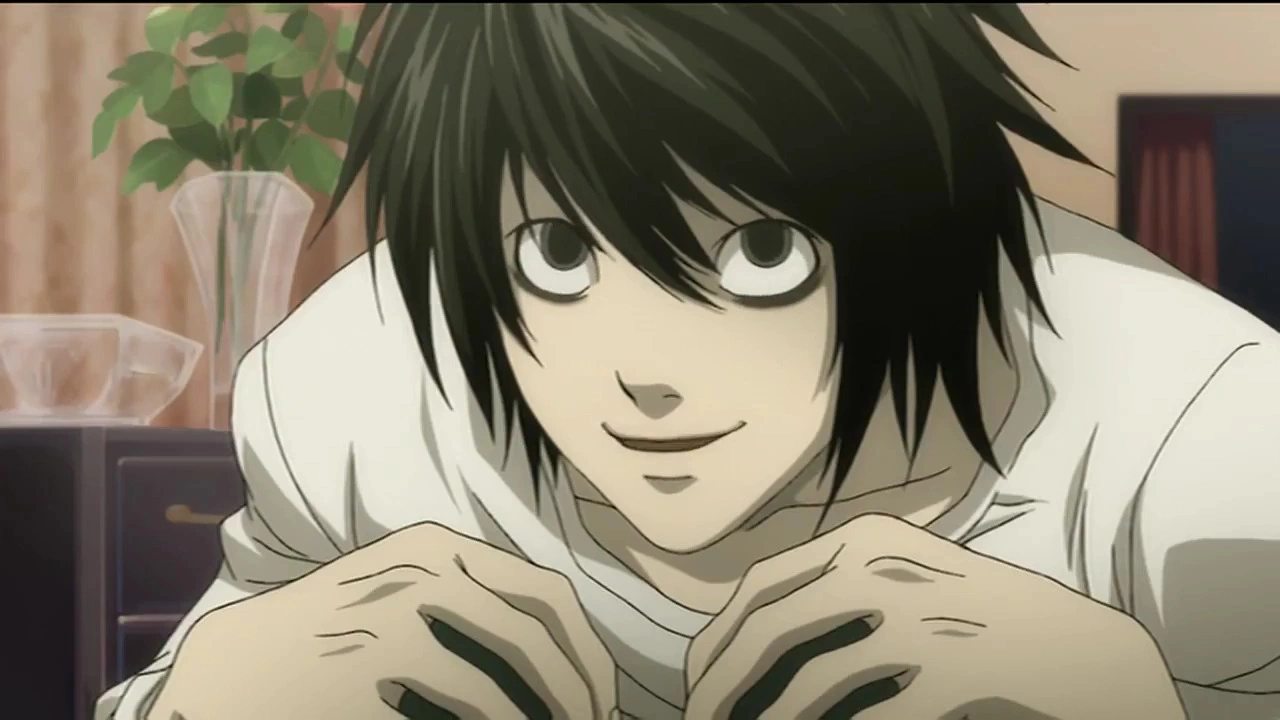
L’s musical theme is built around thoughtful piano melodies and gentle guitar picking, all driven by a consistent, calming beat – perfect for late-night detective work and carefully planned ambushes. You hear it during investigations, while he’s on surveillance, or when he’s deeply focused on a case. The music remains subtle, reflecting L’s calm demeanor and precise thinking. Even when the tension rises during confrontations, the familiar tune hints at his sharp intellect without him needing to say a thing.
Edward Elric – ‘Fullmetal Alchemist: Brotherhood’ (2009)

Akira Senju created a hopeful and determined musical theme for Edward, primarily using strings and piano. This theme accompanies key moments like travels, meetings with others, and difficult decisions. It appears throughout the story, including during research sequences, train journeys, and confrontations, often becoming more powerful with the addition of brass instruments when the tension increases. Different versions of the theme emphasize the bond between Edward and Alphonse while still highlighting Edward’s strong will. Even when things go wrong, slight changes to the music’s harmony hint at these challenges, but the core melody remains, representing Edward’s unwavering determination.
Guts – ‘Berserk’ (1997)

Susumu Hirasawa’s music for Guts features a haunting, simple melody that plays during quiet or painful moments – around campfires, after battles, or when he’s wounded. This melody, with its blend of electronic sounds, stands out from the chaos of war, making Guts feel alone even when surrounded by others. The music reappears in flashbacks, subtly connecting his current pain to past experiences without needing any words. When contrasted with more powerful, energetic music used during battles, the melody reminds us of Guts’ lonely journey.
Rei Ayanami – ‘Neon Genesis Evangelion’ (1995)

The “Rei” theme, composed by Shiro Sagisu, uses gentle, repeating melodies with slow strings and soft synthesizers whenever Rei appears, is shown in the infirmary, or is lost in thought. This theme’s cool and calming sound sets her apart from the more energetic, brass-heavy music used during action sequences. Throughout the series, the theme subtly changes to reflect Rei’s evolving identity and relationships, but it always remains recognizable. The simple arrangement of the music also emphasizes Rei’s reserved and distant personality.
Asuka Langley Soryu – ‘Neon Genesis Evangelion’ (1995)

Asuka’s musical theme reflects her confident piloting style with upbeat rhythms and bright sounds, punctuated by sharp changes in volume. The music appears whenever she’s introduced, during training, and in the heat of battle. The composer, Sagisu, made sure the melody is clear and strong, even when lots of other sounds are happening. As the story progresses and Asuka faces more challenges, the music becomes more intense, mirroring the growing pressure she feels.
Motoko Kusanagi – ‘Ghost in the Shell’ (1995)

Kenji Kawai’s main theme, featuring vocals reminiscent of Bulgarian choirs and rhythmic percussion, often accompanies Major Kusanagi during her investigations and moments of reflection. This musical motif appears during scenes of cityscapes, camouflage, and imagery of her cybernetic body, linking questions about identity to the sound itself. The theme returns during both quiet observation and key plot points, placing the Major’s sense of self at the heart of the music. The unique vocal style intentionally blurs the line between her humanity and her artificial body.
San – ‘Princess Mononoke’ (1997)
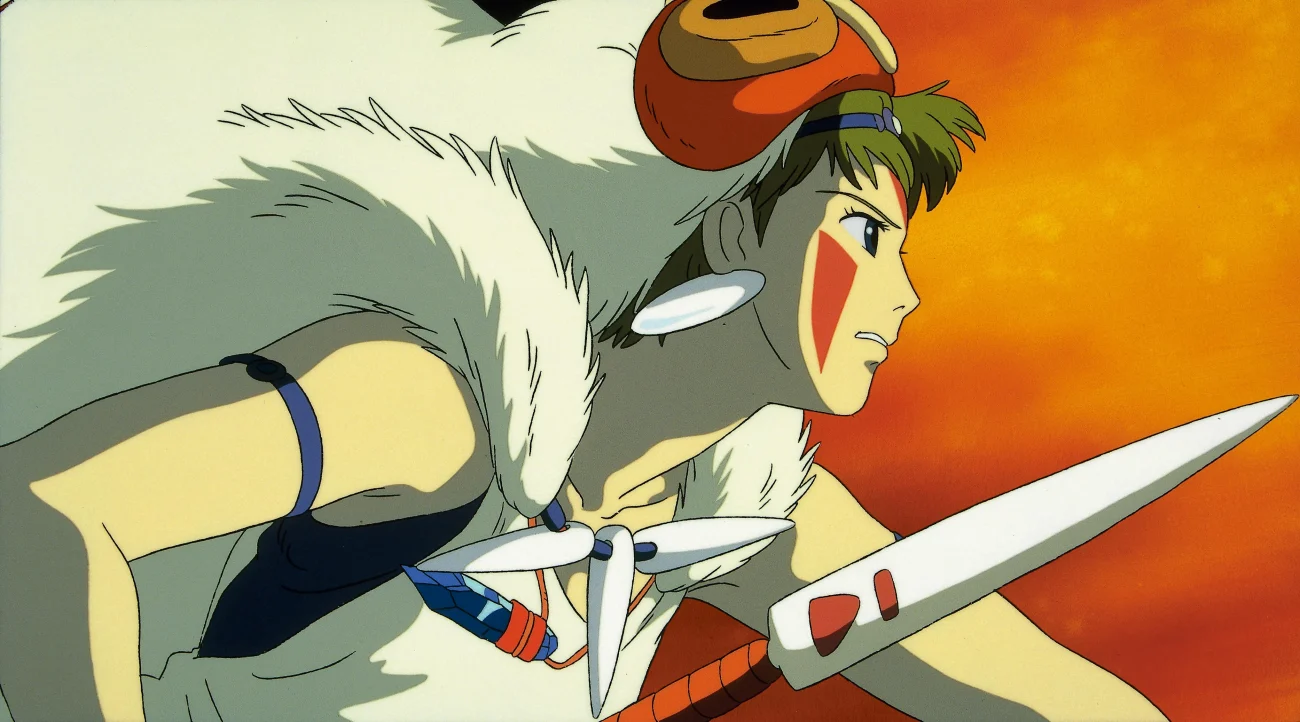
Joe Hisaishi’s music for San uses flowing strings, woodwinds, and a driving rhythm to match her quick movements through the forest and her encounters with others. Her melody reappears during scenes with the wolf pack, chases, and tense moments at the forest’s border. As the story’s environmental conflicts become more intense, the music swells, but San’s theme stays lively and focused. By repeating her melody, the film connects San’s personal journey to the larger issues of nature and conflict.
Chihiro Ogino – ‘Spirited Away’ (2001)

A beautiful piano melody is central to Chihiro, appearing whenever the story moves between different places or worlds, like hallways and bridges. Composer Hisaishi subtly changes this melody to reflect feelings of wonder, fear, and determination, but always keeps it recognizable. The tune returns during key moments of Chihiro’s development, reinforcing her growth without ever becoming a different theme. While the orchestra swells around it, the piano remains the constant, grounding element.
Totoro – ‘My Neighbor Totoro’ (1988)
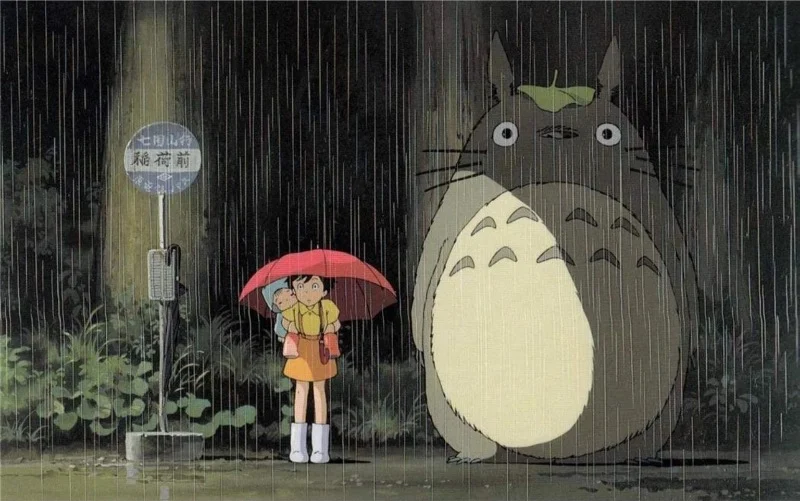
The music associated with Totoro is cheerful and whimsical, using instruments like flutes, hand drums, and a catchy tune. This tune appears whenever something magical happens – whether the characters are waiting at the bus stop, exploring the forest, or riding the Catbus. The music is light and airy, always emphasizing the sense of wonder. Different versions of the melody appear during both daytime adventures and nighttime scenes, but they all share the same core tune. This repetition makes the music instantly recognizable whenever Totoro appears on screen.
Ichigo Kurosaki – ‘Bleach’ (2004)
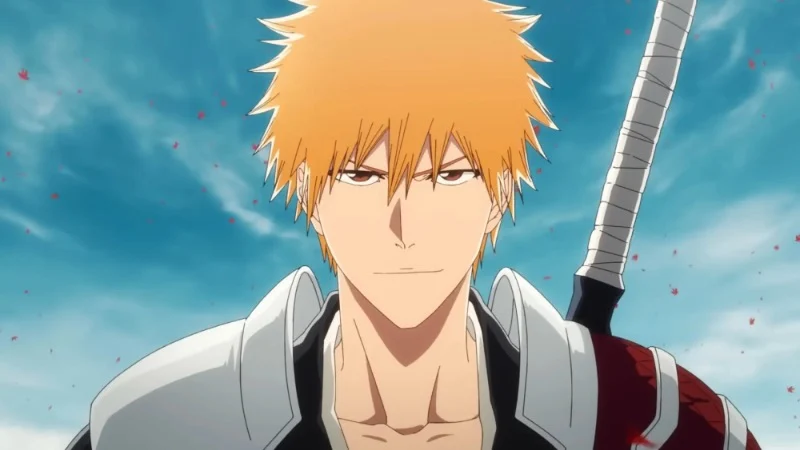
Shiro Sagisu’s iconic track, “Number One,” instantly signals Ichigo’s presence and power-ups with its blend of brass, guitar, and powerful vocals. It plays during critical moments – like saving someone, making a surprising comeback, or when his mask activates – to emphasize a shift in the battle. The song appears in various forms throughout the series, from cityscapes to fantastical arenas. Even simplified versions of the theme make it clear that Ichigo is about to turn things around.
Tanjiro Kamado – ‘Demon Slayer: Kimetsu no Yaiba’ (2019)
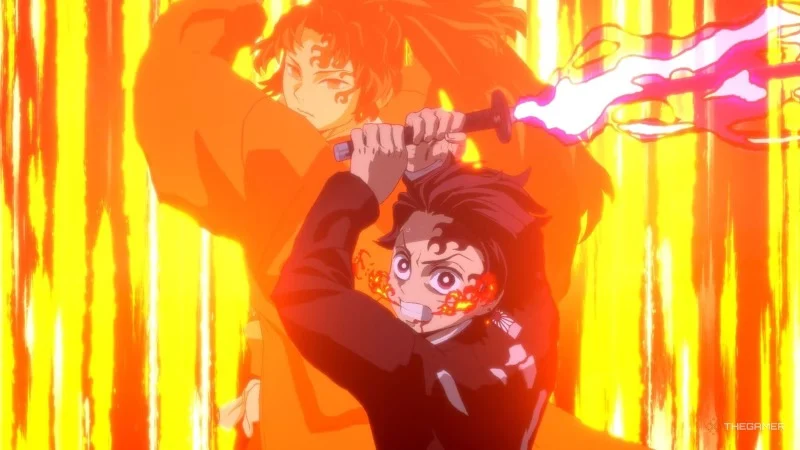
Tanjiro’s musical identity is powerfully established by Go Shiina and Yuki Kajiura through a memorable theme. This theme combines traditional folk melodies, rich strings, and expressive vocals, notably featured in the song “Kamado Tanjiro no Uta.” It appears during key moments – like when Tanjiro changes his breathing style or remembers his family – and echoes throughout scenes of training, battles in the forest, and quiet moments afterward. The theme’s recurring presence emphasizes Tanjiro’s determination and his strong sense of protection towards others, guiding his actions.
Son Goku – ‘Dragon Ball Z’ (1989)
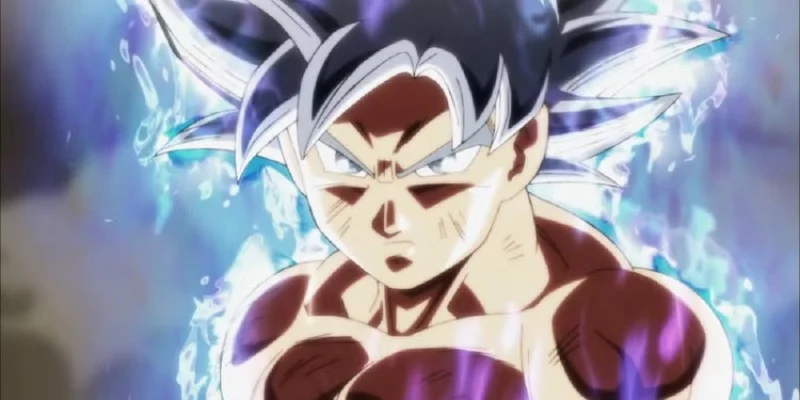
Shunsuke Kikuchi’s music for Goku uses strong, bright brass to highlight his entrances, power-ups, and dramatic rescues. The music clearly adapts to different situations – from tournament fights to aerial battles and tense standoffs. As the danger increases, the orchestration swells from a small group of instruments to a full, powerful sound. This recurring theme perfectly matches Goku’s upbeat personality and reinforces his heroic moments.
Lelouch vi Britannia – ‘Code Geass: Lelouch of the Rebellion’ (2006)
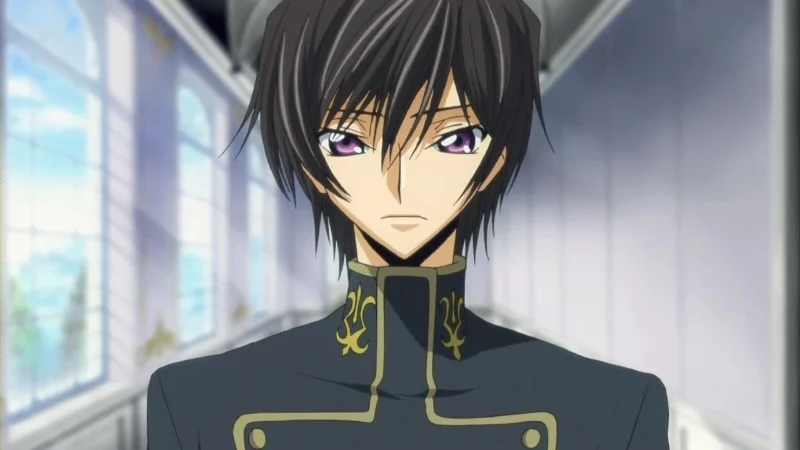
Kotaro Nakagawa and Hitomi Kuroishi created Lelouch’s theme using piano and strings, building intensity during key moments like strategic plays, important announcements, and reveals of battle formations. This musical idea returns throughout the series – in planning rooms, during public speeches, and even as Knightmare Frames respond to commands. The music swells with a choir when plans succeed, and each appearance reinforces the connection between Lelouch’s “Zero” persona and the show’s chess-like strategy.
Giorno Giovanna – ‘JoJo’s Bizarre Adventure: Golden Wind’ (2018)
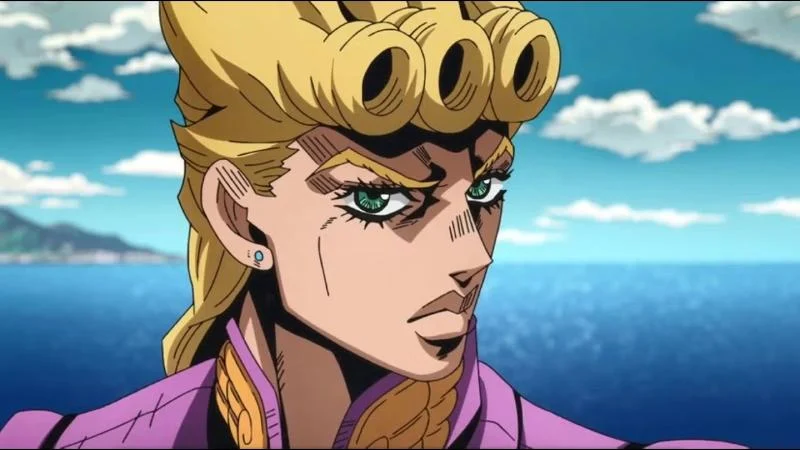
As a huge film and anime music fan, I’m always struck by how Yugo Kanno’s score for “Golden Wind” really defines Giorno Giovanna. He uses this fantastic trumpet melody, paired with a driving, repeating musical phrase, whenever Giorno uses his Stand ability or turns the tables on someone. It pops up everywhere – while he’s running through the streets of Naples, making a bold statement, or just generally being awesome. The way the music builds – starting quiet and then exploding into something epic – perfectly matches Giorno’s personality: calm and collected, but ready to act decisively. Kanno repeats this theme throughout the series, making it instantly recognizable and a real highlight in every scene it appears in.
Saitama – ‘One-Punch Man’ (2015)

Makoto Miyazaki created a powerful, guitar-based musical theme for Saitama that plays whenever he casually approaches a fight or easily defeats an enemy. This music reappears during training scenes, when showing monsters, or revealing the aftermath of a battle, emphasizing the humor and the surprising impact of his strength. The theme shifts between playful confidence and intense excitement, but always with the same memorable melody. It consistently signals the exact moment a villain realizes they’re no match for Saitama’s single punch.
Monkey D. Luffy – ‘One Piece’ (1999)

Kohei Tanaka’s music for the series frequently uses recurring themes to highlight Luffy’s key moments – especially energetic cues like “Overtaken” and “Luffy’s Fierce Attack.” These themes build during inspiring speeches and powerful attacks, appearing consistently whether the Straw Hats are battling on the deck of their ship, in a town square, or during intense confrontations. The music uses driving rhythms, bold brass, and fast strings to emphasize the crew’s determination. By repeating these musical ideas throughout the story, Luffy’s moments of action become instantly recognizable.
Homura Akemi – ‘Puella Magi Madoka Magica’ (2011)
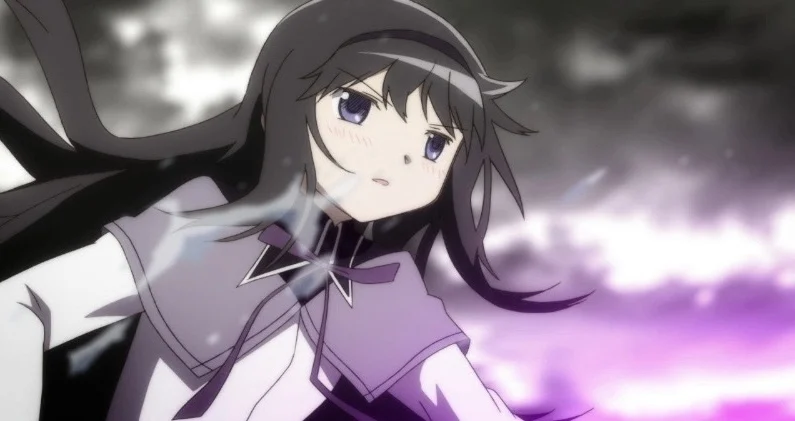
Yuki Kajiura’s musical theme for the character Homura uses ticking sounds, strings, and dreamy vocals to highlight moments when time loops and her quiet planning are revealed. This music reappears throughout different scenes – in classrooms, hospitals, and on streets – as the story’s pieces fall into place. As the story gets more intense, the music becomes darker, but still maintains its original melody, preserving a sense of Homura’s identity. Each time the theme returns, it reminds us of the story’s rewinds and how Homura experiences them.
Do you have a particular musical cue that instantly tells you which character is about to have a big moment? Share it in the comments and let us know when it has the most impact!
Read More
- Bitcoin’s Ballet: Will the Bull Pirouette or Stumble? 💃🐂
- Gold Rate Forecast
- LINK’s Tumble: A Tale of Woe, Wraiths, and Wrapped Assets 🌉💸
- Dogecoin’s Big Yawn: Musk’s X Money Launch Leaves Market Unimpressed 🐕💸
- Binance’s $5M Bounty: Snitch or Be Scammed! 😈💰
- SentinelOne’s Sisyphean Siege: A Study in Cybersecurity Hubris
- Can the Stock Market Defy Logic and Achieve a Third Consecutive 20% Gain?
- Ethereum’s $3K Tango: Whales, Wails, and Wallet Woes 😱💸
- Navitas: A Director’s Exit and the Market’s Musing
- VUG vs. VOOG: A Kafkaesque Dilemma in Growth ETFs
2025-11-07 00:20